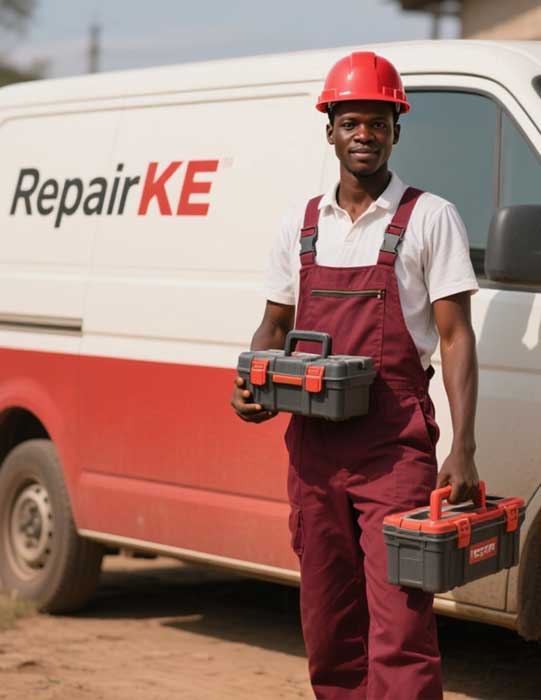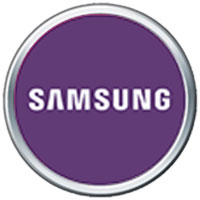
Home Theatre Connectivity Troubleshooting Tips
A home theatre system can transform your living room into a cinematic paradise, but connectivity issues can quickly disrupt the experience. From HDMI glitches to Wi-Fi dropouts, these problems are common but often fixable with the right approach. This article provides practical troubleshooting tips for resolving home theatre connectivity issues and includes estimated costs for professional services and spare parts in Kenyan Shillings (KSh), tailored for users in Kenya.
Common Connectivity Issues and Solutions
1. HDMI Connection Problems
HDMI cables are the backbone of most home theatre setups, connecting TVs, receivers, and devices like Blu-ray players or gaming consoles. If your screen displays no signal or flickers, try these steps:
- Check Cable Connections: Ensure HDMI cables are securely plugged into the correct ports. Loose connections are a frequent culprit.
- Inspect for Damage: Examine cables for frayed ends or bent pins. Replace damaged cables.
- Test Different Ports: Switch to another HDMI port on your TV or receiver to rule out a faulty port.
- Cycle Inputs: Use your remote to cycle through input sources (e.g., HDMI 1, HDMI 2) to ensure the correct input is selected.
- Update Firmware: Check for firmware updates for your TV, receiver, or Blu-ray player, as outdated software can cause compatibility issues.
2. Wi-Fi and Bluetooth Connectivity Issues
Smart TVs and home theatre systems often rely on Wi-Fi or Bluetooth for streaming and wireless audio. If your system struggles to connect:
- Check Signal Strength: Ensure your router is close enough to the TV or receiver. Walls or furniture can weaken signals. Consider moving the router or using a Wi-Fi extender.
- Restart Devices: Power cycle your router, TV, and home theatre system to refresh the connection.
- Verify Network Settings: Confirm the correct Wi-Fi network and password are entered. For Bluetooth, ensure devices are in pairing mode and within range (typically 10 meters).
- Reduce Interference: Other wireless devices (e.g., cordless phones, microwaves) can disrupt signals. Move these devices away or switch to a less congested Wi-Fi channel.
3. Remote Control Issues
If your universal remote isn’t responding:
- Check Batteries: Replace or recharge batteries if the remote is unresponsive.
- Clear Obstructions: Ensure no objects block the infrared (IR) or radio frequency (RF) signal path between the remote and the receiver.
- Clean Sensors: Dust or debris on the remote sensor (usually on the receiver or TV) can interfere. Gently clean with a soft cloth.
- Re-pair the Remote: For Bluetooth remotes, follow the manufacturer’s instructions to re-pair the device.
4. Audio Sync and Speaker Issues
Audio delays or missing sound from certain speakers can ruin immersion:
- Adjust Audio Delay: Use your receiver or TV settings to fine-tune audio delay (usually in milliseconds) to sync with video.
- Check Speaker Connections: Ensure speaker wires or wireless connections are secure. For wireless speakers, verify they’re powered on and paired.
- Recalibrate System: Run your receiver’s auto-calibration feature (e.g., Audyssey, YPAO) to balance speaker output. Consult your manual for instructions.
- Test Audio Sources: Try different sources (e.g., Blu-ray, streaming app) to isolate the issue to a specific device.
5. Power Supply and Cable Issues
Power-related connectivity issues can affect performance:
- Inspect Power Cords: Check for loose or damaged power cords. Replace if necessary.
- Stabilize Power: Use a surge protector to guard against power surges, common in areas with unstable electricity.
- Diagnose PSU: If the system powers on inconsistently, the power supply unit (PSU) may be faulty. Professional diagnosis is recommended.
When to Call a Professional
While many issues can be resolved at home, complex problems like faulty amplifiers, subwoofer malfunctions, or internal circuitry issues require expert intervention. In Kenya, professional repair services are widely available in cities like Nairobi and Mombasa. Technicians can diagnose issues, replace parts, and ensure optimal performance. Always choose certified technicians with experience in your system’s brand (e.g., Sony, LG, Samsung).
Estimated Costs for Services and Spare Parts in Kenya
The following tables provide estimated costs for common home theatre repair services and spare parts in Kenyan Shillings (KSh). Prices vary based on location, technician expertise, and part availability. These estimates are based on recent data from Kenyan service providers and online marketplaces.
Table 1: Estimated Service Costs
| Service Type | Estimated Cost (KSh) |
|---|---|
| Diagnostic Fee | 1,000 - 2,000 |
| HDMI Cable Repair/Replacement | 2,000 - 5,000 |
| Wi-Fi/Bluetooth Troubleshooting | 3,000 - 6,000 |
| Remote Sensor Repair | 2,500 - 5,000 |
| Speaker Reconnection/Calibration | 3,000 - 7,000 |
| Power Supply Unit (PSU) Repair | 5,000 - 10,000 |
| Amplifier Repair | 6,000 - 12,000 |
| On-Site Visit (Call-Out Fee) | 1,000 - 3,000 |
Table 2: Estimated Spare Parts Prices
| Spare Part | Estimated Cost (KSh) |
|---|---|
| HDMI Cable (High-Quality) | 1,500 - 4,000 |
| Universal Remote Control | 2,000 - 6,000 |
| Wi-Fi/Bluetooth Adapter | 3,000 - 8,000 |
| Speaker Cable (Per Meter) | 200 - 500 |
| Subwoofer Amplifier | 10,000 - 20,000 |
| Power Supply Unit (PSU) | 8,000 - 15,000 |
| Replacement Speaker (Single) | 5,000 - 15,000 |
Note: Prices are indicative and may vary depending on the brand (e.g., Sony, LG, JBL) and retailer. Always request a quote before proceeding with repairs.
Tips for Cost-Effective Repairs
- Compare Quotes: Contact multiple service providers in Nairobi or Mombasa for competitive pricing.
- Use Genuine Parts: Opt for original or certified spare parts to ensure longevity, even if they cost more upfront.
- Maintain Regularly: Clean components and check connections periodically to prevent major issues.
- Check Warranties: Some repairs or parts may be covered under your system’s warranty, reducing costs.
Troubleshooting home theatre connectivity issues doesn’t have to be daunting. By systematically checking cables, settings, and devices, you can resolve many problems yourself. For persistent issues, professional services in Kenya are accessible and effective, with clear cost estimates to guide your decisions. Keep your system in top shape, and enjoy uninterrupted movie nights with crystal-clear sound and visuals.




